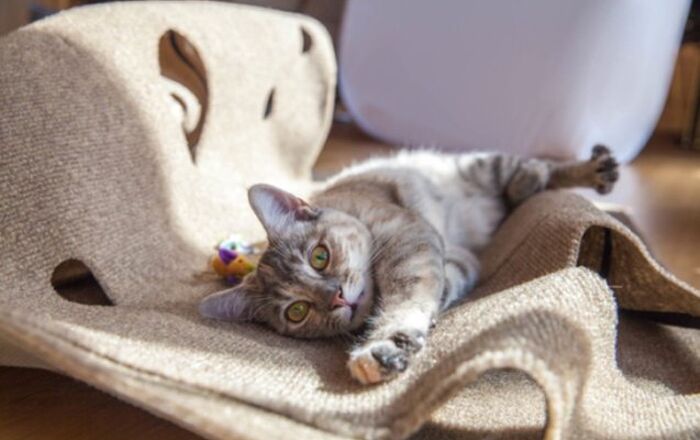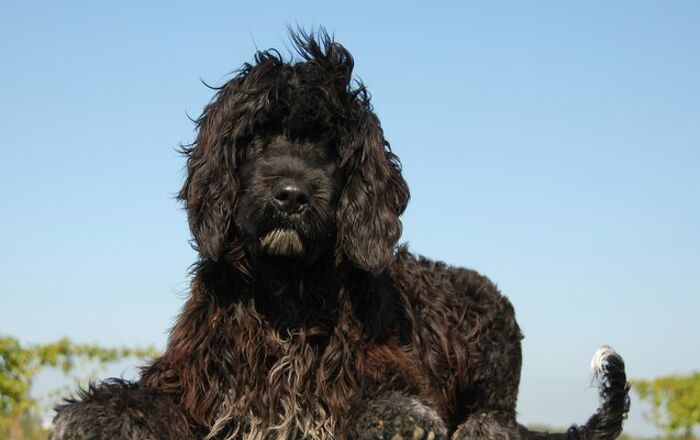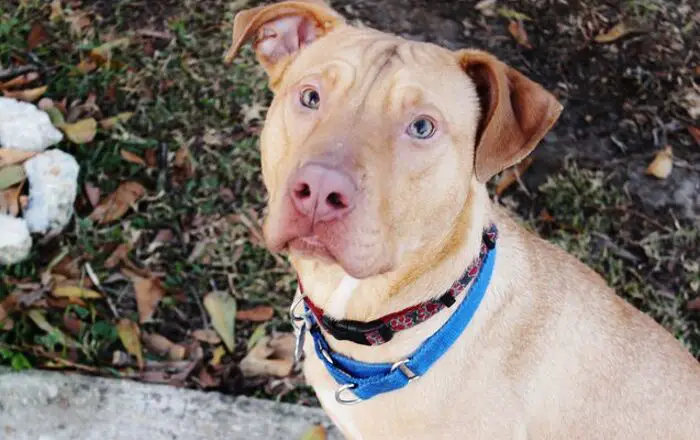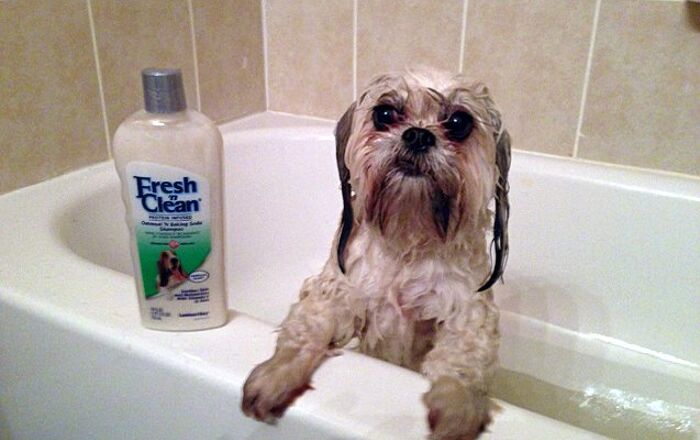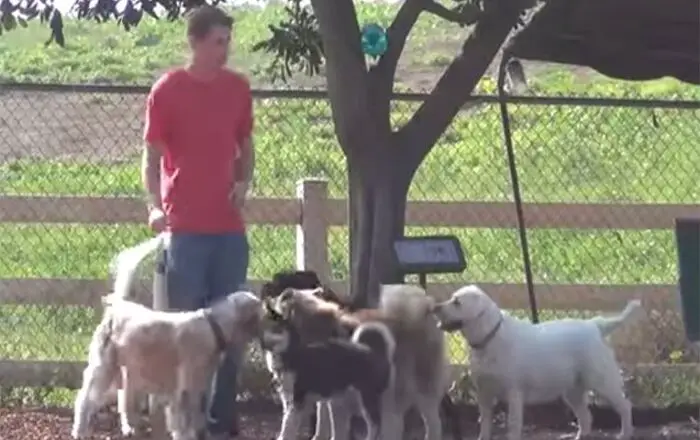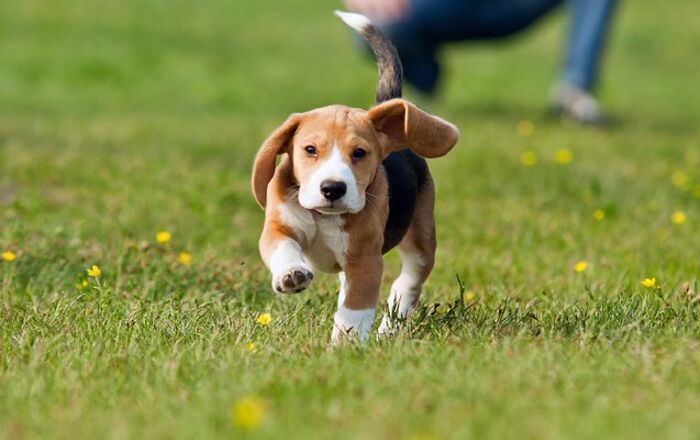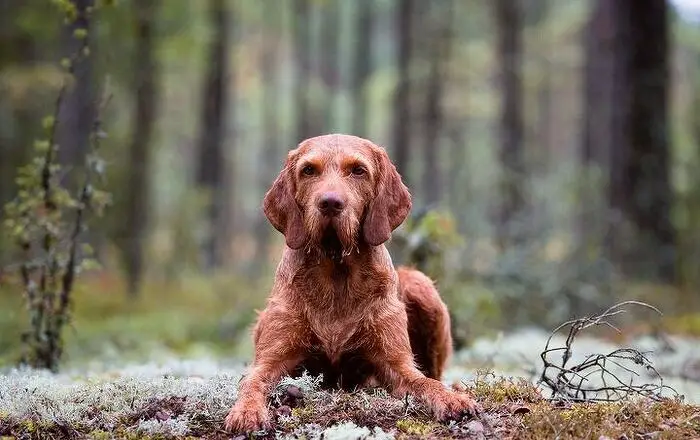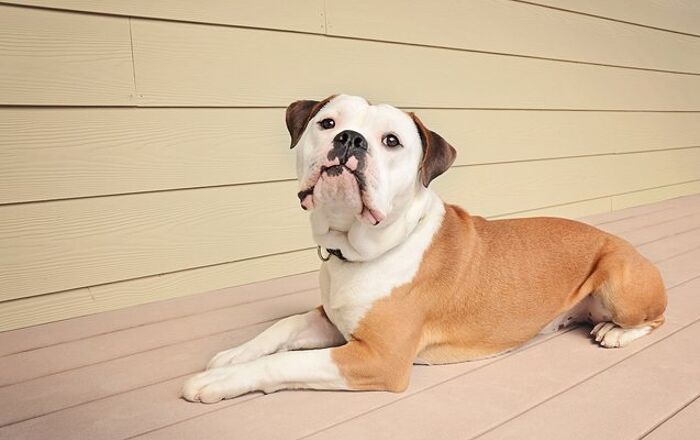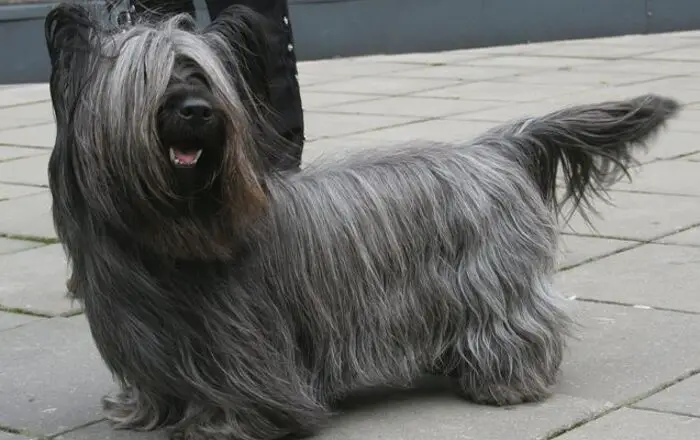We love them to bits yet, let’s be honest, there are times when being followed around all day by our furry little buddies becomes, well, annoying. Am I right?
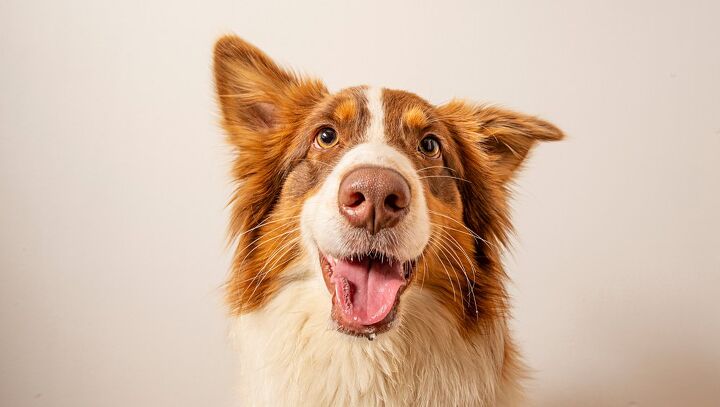
And quite frankly, I notice there are even instances when my two pooches act more compelled to tag along, than genuinely interested in getting up from a cozy sofa to follow me from room to room.
So, why do they do it? Better still, how do I stop them?
Why Your Dog Plays Follow the Leader
There are several reasons dogs (and cats, if we’re truthful) want to tag along. And while I always assumed it was on the off-chance that food might appear, there are several other drivers that could be at play here. So, let’s start with…
· Nature of the Breed – A number of hunting breeds are specifically hard-wired to stay close to their owner. Why? Because a good Pointer or Retriever knows to sit patiently by their human while they wait for commands. It’s easier to see hand motions, hear instructions and literally, stay out of the line of fire when guns are in use. Breeds renowned for this type of behavior include Vizslas (AKA Velcro Dog), Border Collies, Labrador and Golden Retrievers, German Shepherd dogs, and Shetland Sheepdogs. But some smaller breeds are also known to have a shadowy side, including Pugs, Chihuahuas and French Bulldogs.
· Age-Related
For young dogs or puppies, staying close to their parent or caregiver is instinctive. It’s how they survived in the wild. And given you are the dispenser of treats, food, cuddles and overall nurturing, you are the one who now makes them feel safe and secure.
When it comes to older dogs, deteriorating senses such as hearing or vision loss and the aches and pains that come with age can cause them to feel more dependent on their human. Following you around helps reassure them that a loving support system (you) is readily available to them.
· Separation Anxiety
This can be breed specific and/or related to a rescue dog’s history of potential neglect. Or, it can simply be down to your individual dog’s personality. It’s not an uncommon affliction that can manifest into incessant barking, chewing shoes or furnishings, urinating and/or defecating throughout the house. In short, it’s over-the-top anxiety that kicks in the moment he’s left alone. That is likely why he’s tailing you throughout the house.
· Genuine Curiosity
Some dogs have to know everything going on. The crinkle of a wrapper, the opening of a cupboard, why you’re going upstairs, why you’re going downstairs. It’s a natural curiosity and Fear of Missing Out (FOMO) that has him jumping up and tagging along regardless of what else he may be up to.
· Boredom
Similar to FOMO, your dog gets bored and makes you his “something to do”. Even if your pooch doesn’t need heavy-duty exercise throughout the day due to age, size or illness, he needs mental stimulation and for some of the larger breeds, a job to do. And when you’re both just laying around and you suddenly get up, that’s good enough for him when he’s looking for a way to kill time.
· Creature of Habit
If your dog’s daily ritual includes breakfast, walks, snacks, dinner, and cuddles in front of your favorite Netflix series each night… odds are he’s now mentally locked in and anticipating a regular routine. If you suddenly take a phone call or get distracted by work, friends, family or other life events, he may start following you as a reminder that it’s time to get back on track.
· Rewards and Treats
If you’ve gotten into the routine (and hey, it’s easy to fall into) of offering your pooch a head scratch, dog treat, or little taste of your dinner each time you go into the kitchen, he’s going to expect it. And that means every time you get up – whether you’re heading toward the kitchen or not – he's going to be by your side. Just in case.
· Companionship with His Human Pack
Welcome to the world of pack animals. Once upon a time, your dog was required to travel in groups to ensure safety, successful hunting, and yes, even companionship. While living with humans has met those first two needs, his need to be social continues. As a result, their natural instinct is to get up and move with you in the nomadic manner his ancestors followed.
· He needs something.
And lastly, it’s possible your pet is tagging close behind you because he needs something. It may be to go out and relieve himself, to be fed, to be comforted during a thunderstorm or fireworks. Because he can’t speak, you need to watch for signs. Does he head to the back door, his food bowl, or cower behind you? Resolving any of these issues may just encourage your pooch to settle in and stay put for the evening.
So, how do you discourage this type of behavior? While some points may be self-evident and an easy fix – provide him with a little more food, some extra comforting, or a quick potty break - others solutions may not be as obvious. Here are five that we think may just do the trick:
Whichever approach you ultimately choose, remember that your dog’s need to follow is not something to punish, but understand and work with to resolve.

